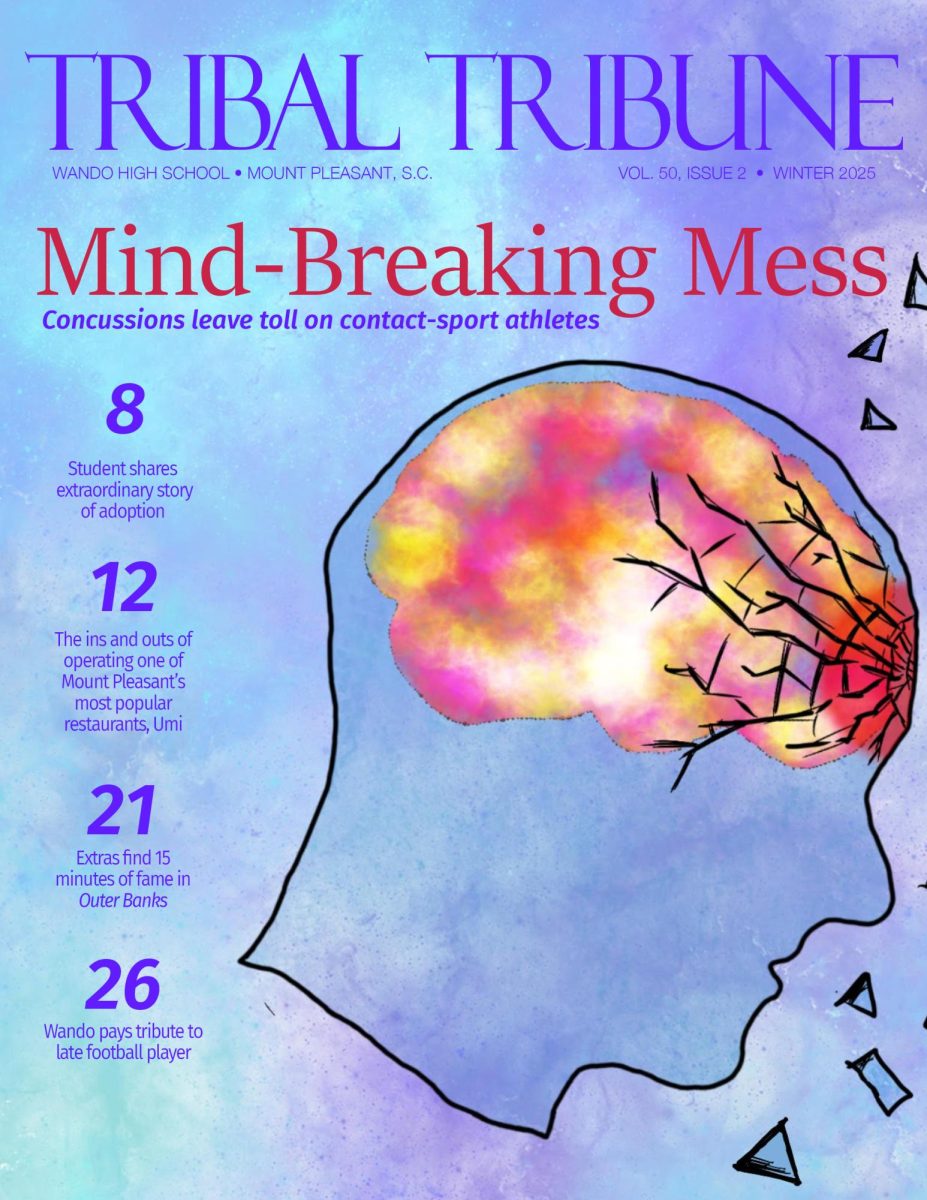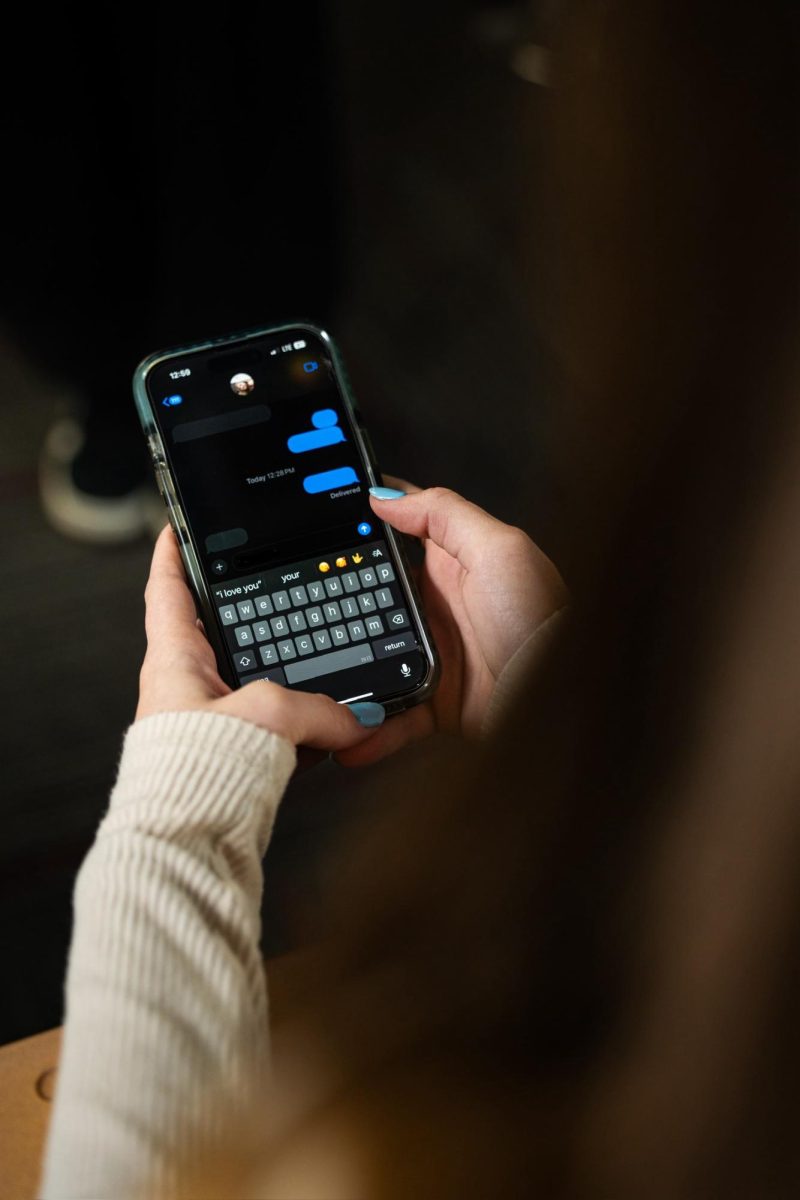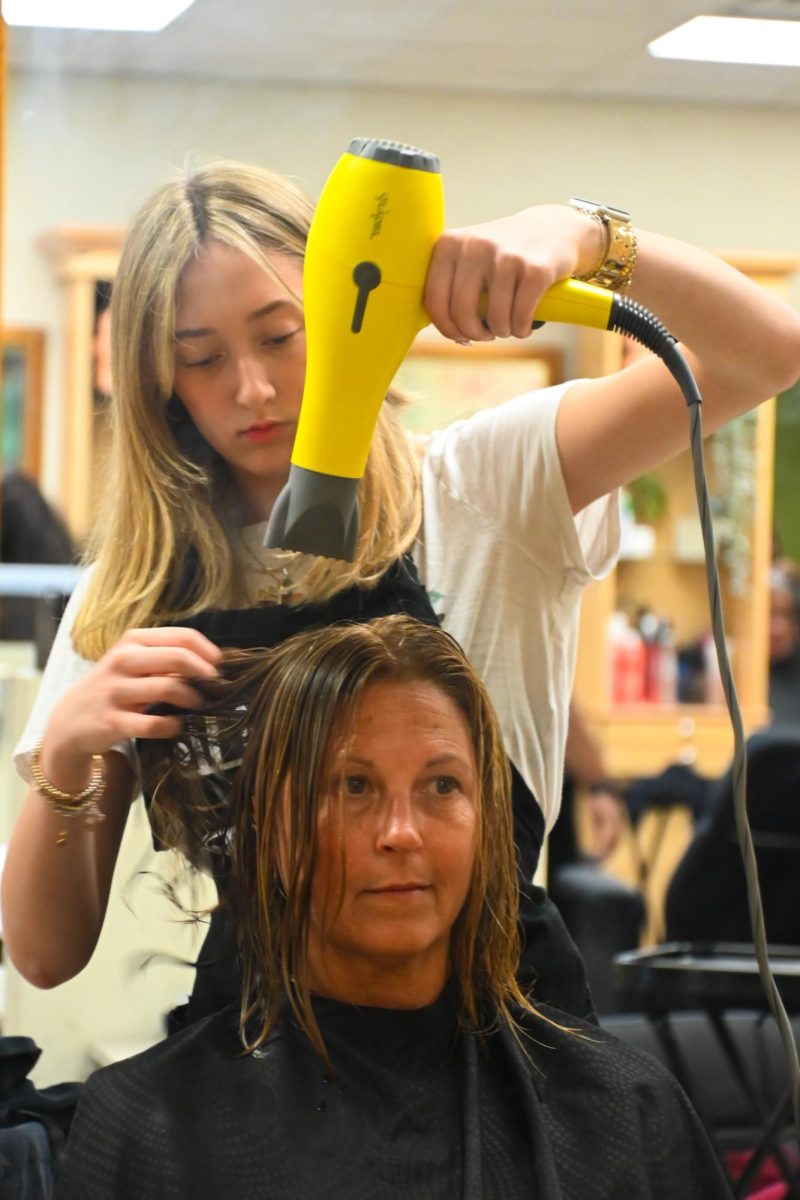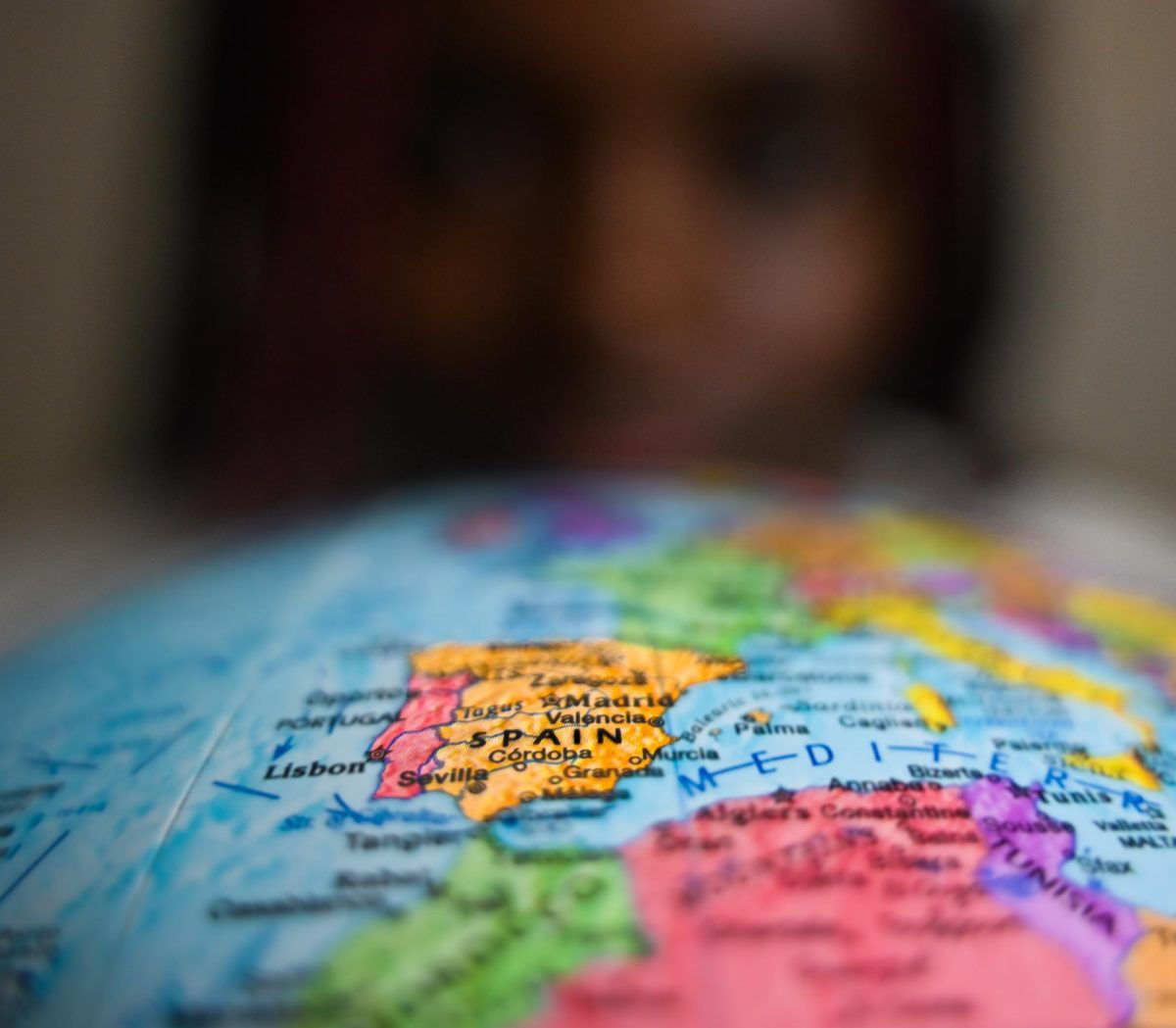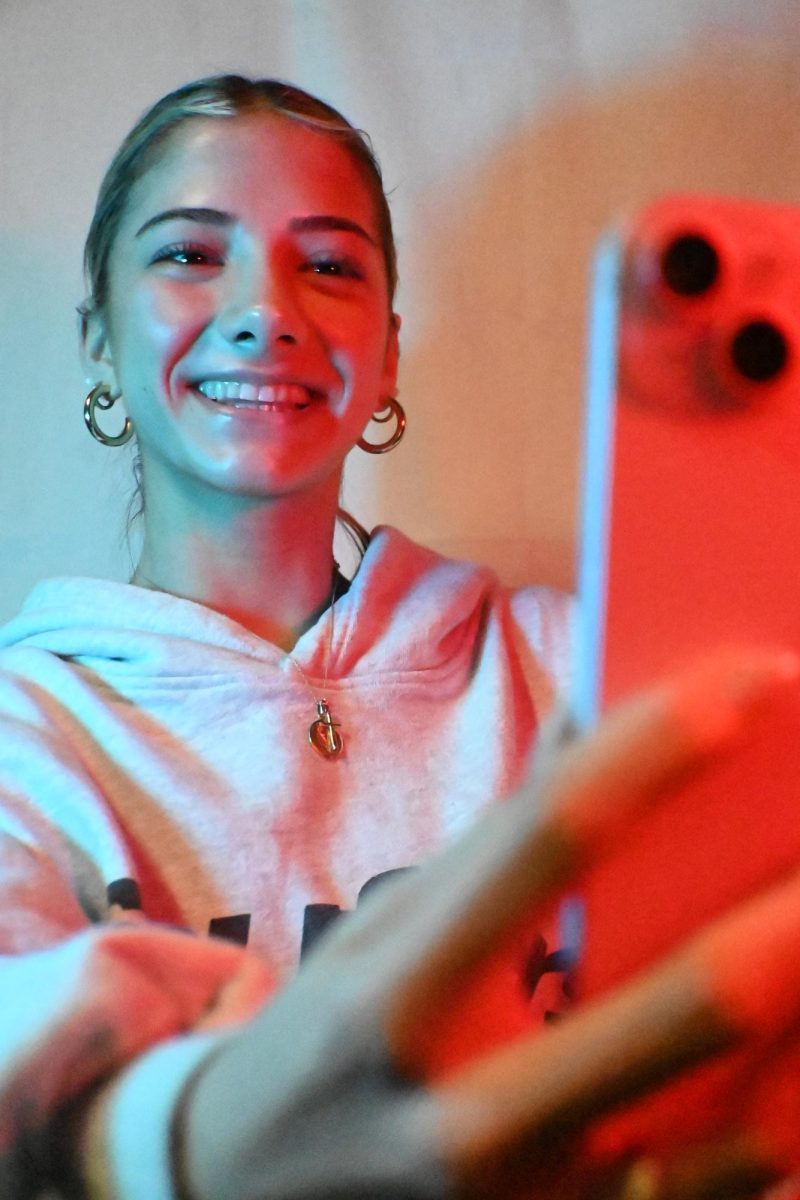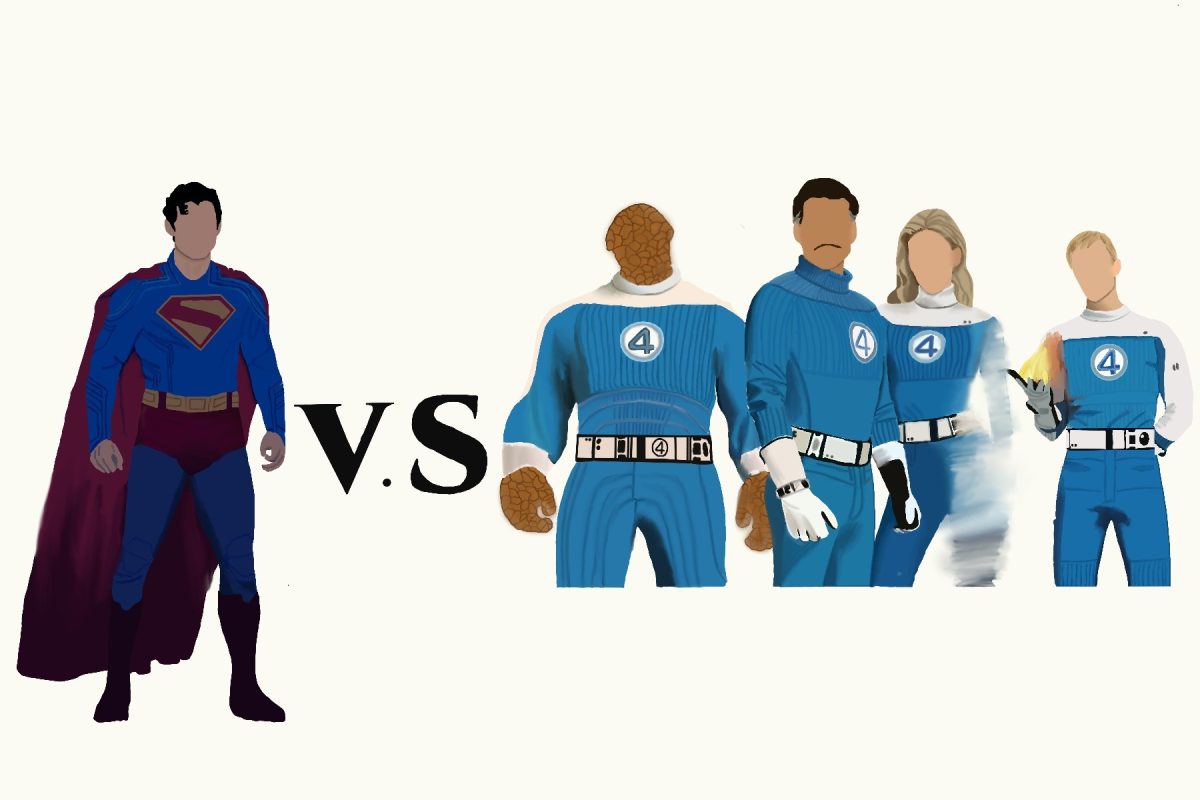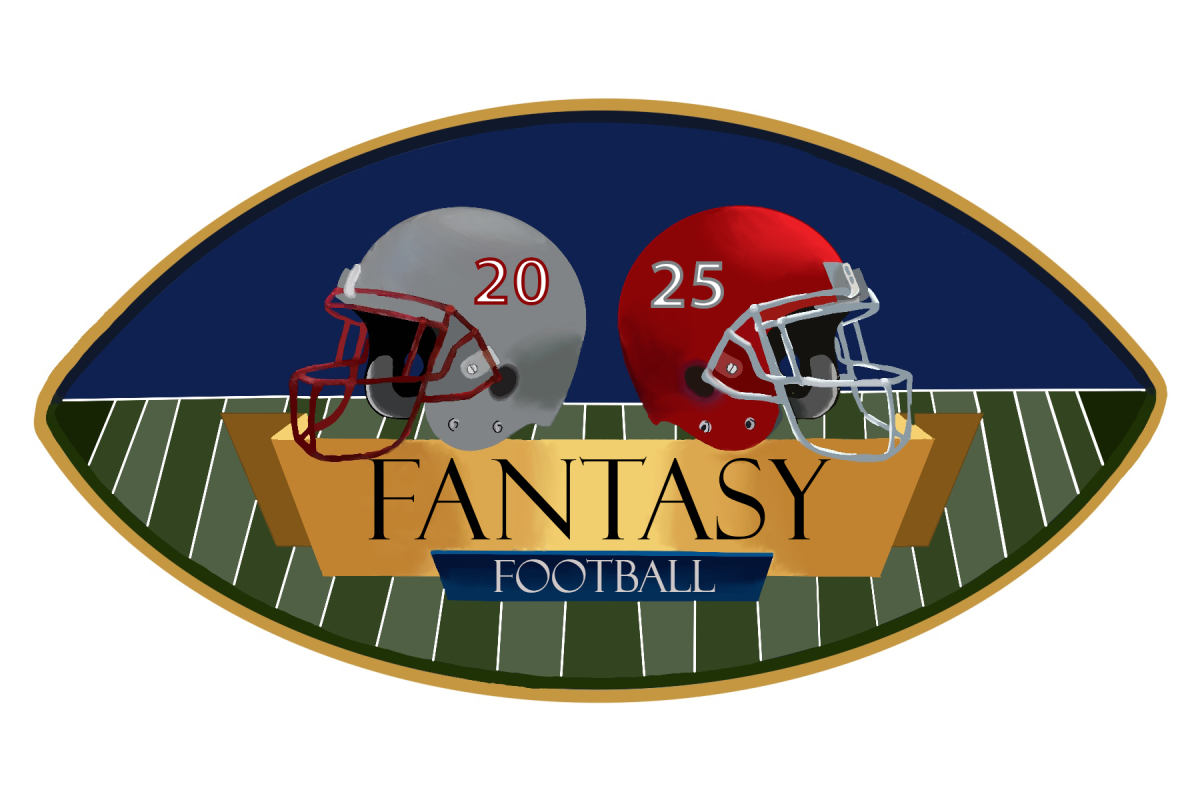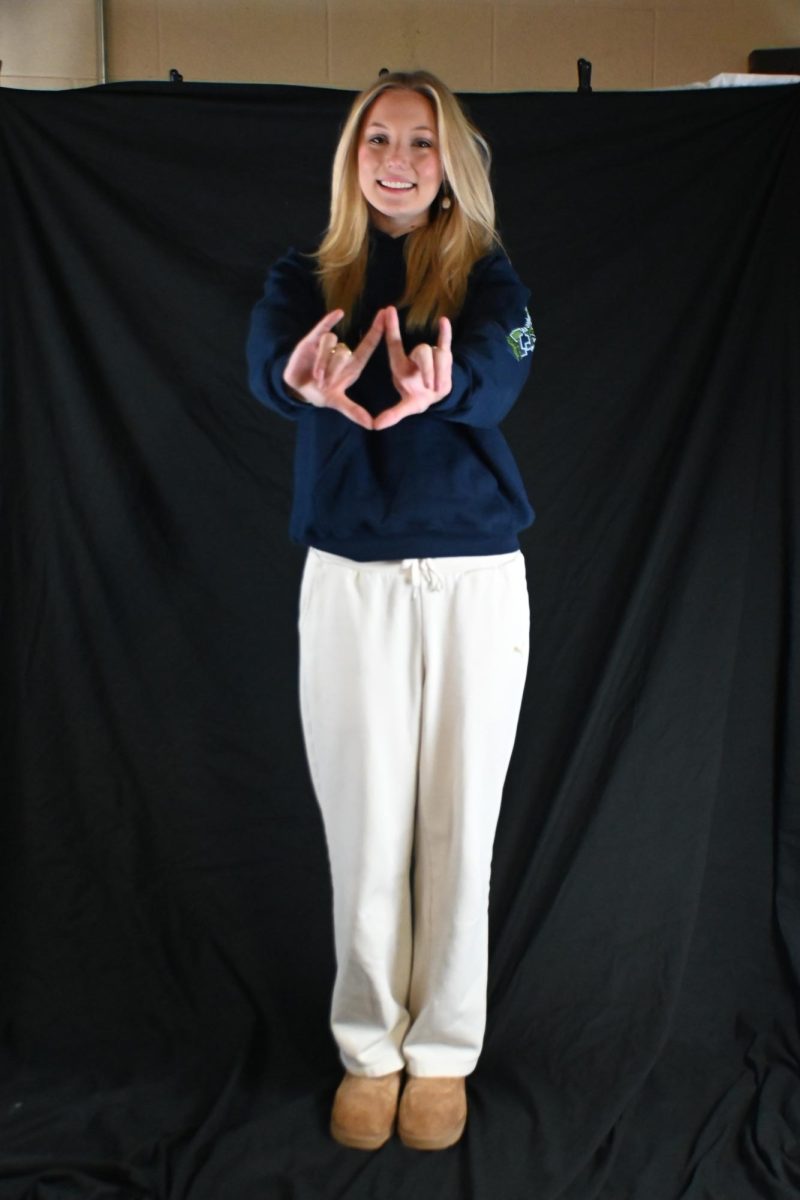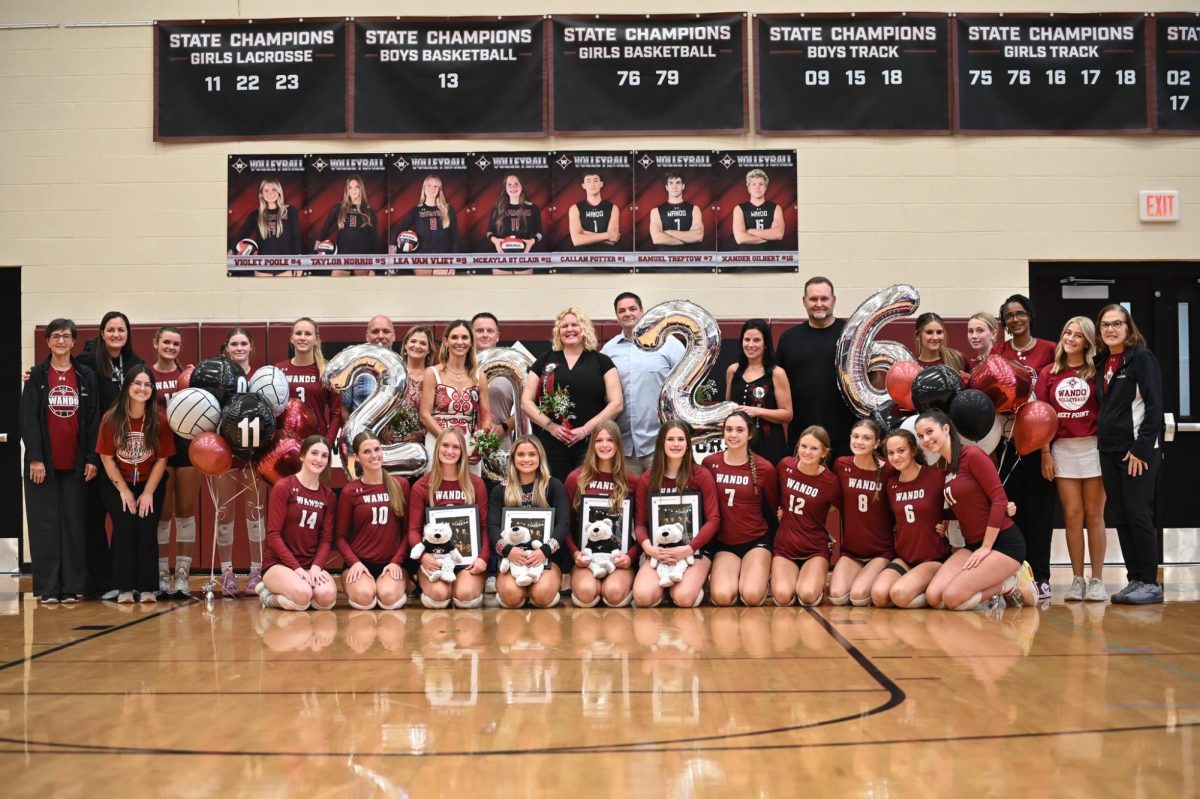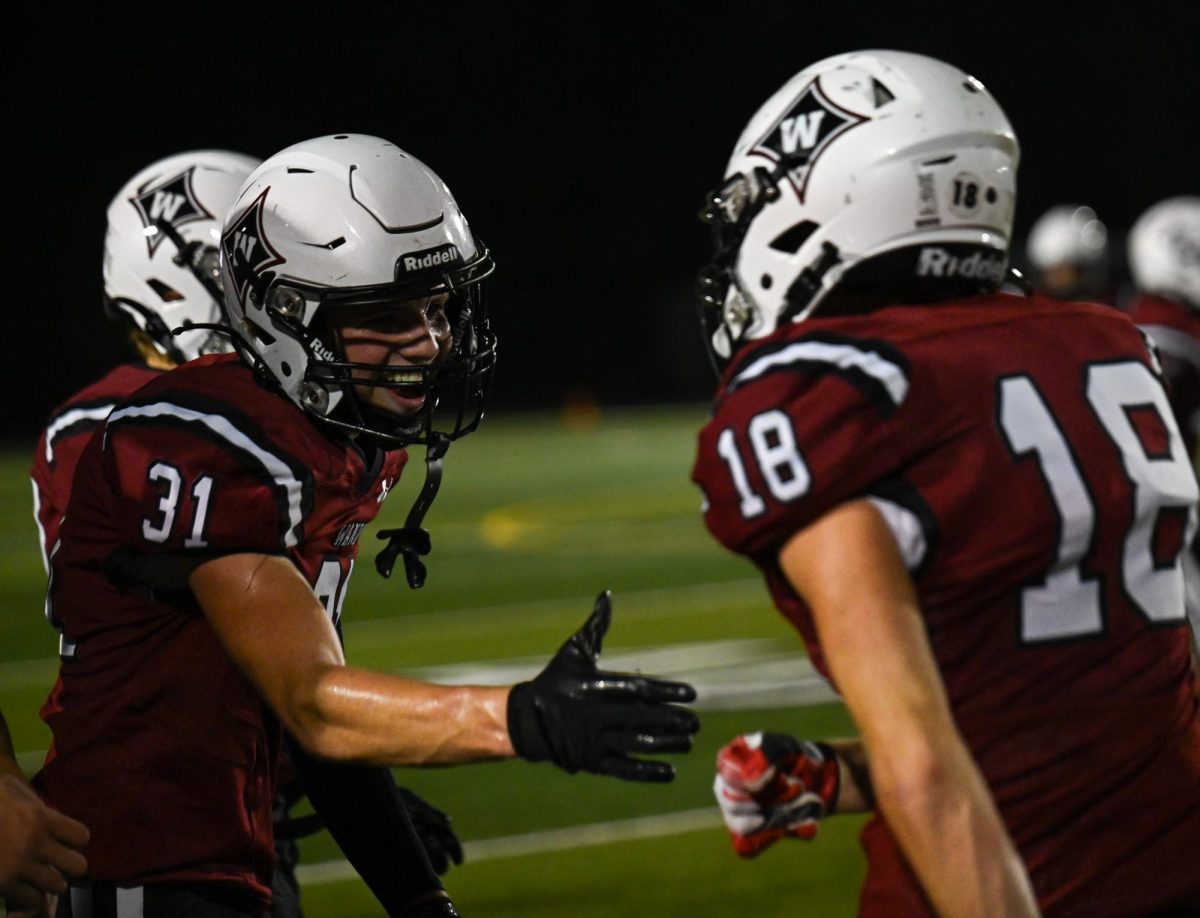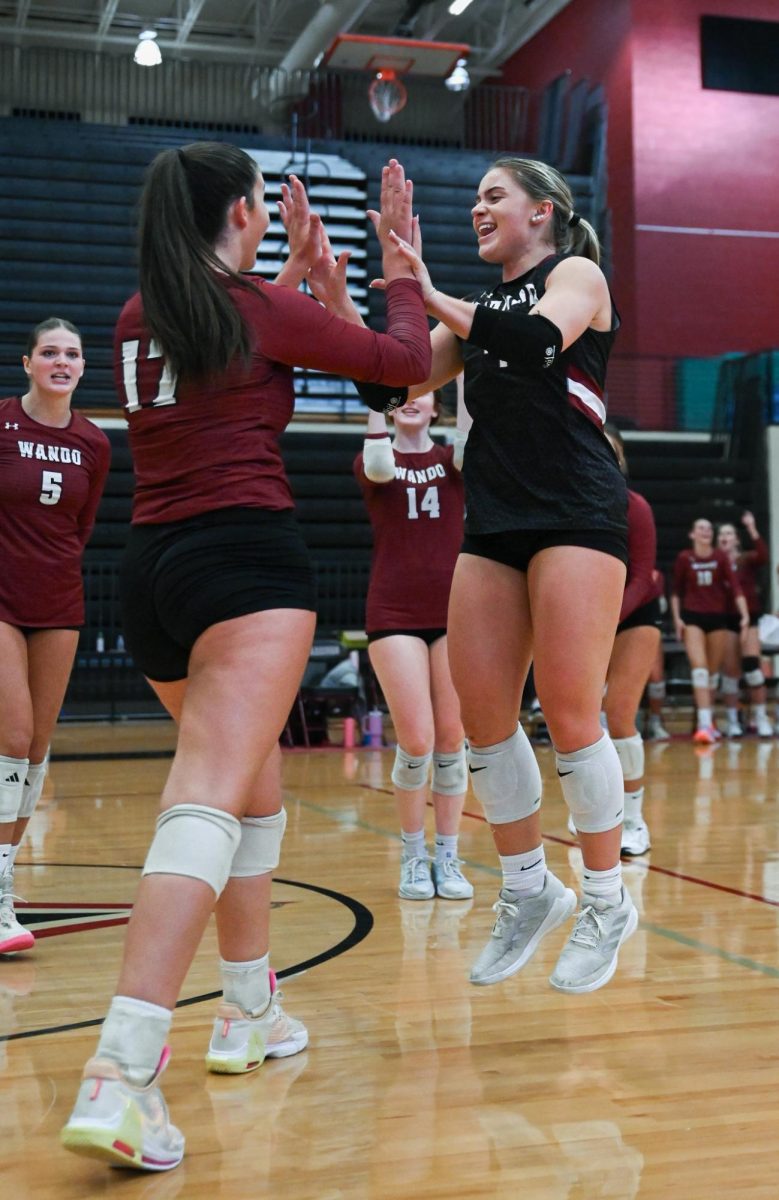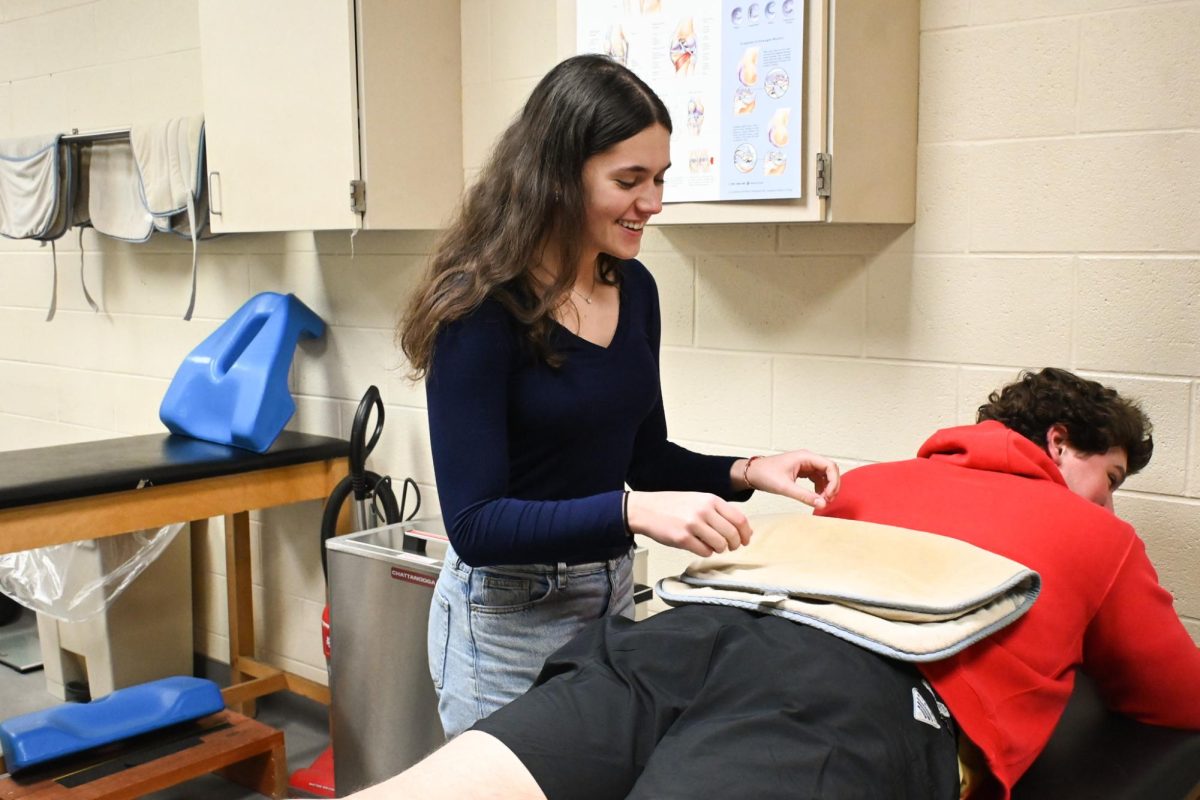The morning after a seemingly normal sleepover with her friends, senior Leia Eisen was never the same. Waking up with clouded vision, Leia knew something wasn’t right.
“The next morning, everything was very foggy… everything felt like a three second delay and I knew something was wrong,” Leia said.
Trying to recover from a sleepless night with friends, Leia’s afternoon rest lasted longer than it ever has.
“I thought it was just lack of sleep, once all my friends left the house, I took a nap. And then I just was not really waking up,” Leia said. “My parents knew automatically off the bat something was wrong.”
The concern of Leia’s lack of energy and long sleep periods carried them to their local hospital, where they were unsatisfied with the solutions to her unusual behavior.
“I couldn’t really get my energy back so they took me to the hospital and the hospital didn’t know either,” Leia said. “They said that it was something with my hormones and lack of sleep, but they couldn’t detect anything else. My family knew that there was something more in depth. They couldn’t find any answers.”
Almost three years after her first symptoms, Leia and her family were finally granted the answers they had been searching for.
“At 16, I was diagnosed with Kleine-Levin Syndrome and it was so relieving to finally have an answer for what the hell was wrong with me,” Leia said. “That was when we could take steps into account of how to treat it and how to monitor it more and take steps for the future and what my future will look like from there.”
Kleine-Levin Syndrome is an uncommon disorder characterized by recurring episodes of hypersomnia along with cognitive and behavioral abnormalities such as dissociation and apathy.
There is an estimated prevalence of one case per million people and 70- 80 percent of diagnosed cases are adolescent males, making Leia’s diagnosis extremely rare.
Leia experiences a slow burn of disorientation and lack of energy until she enters a sleep period which can last from six days up to even two weeks.
“Two weeks prior to when I fall into it, which is like fogginess, I don’t feel like I’m in reality, [I] feel like I’m in a dream, then it all hits at once. It’s very heavy and I just completely fall asleep,” Leia said.
Leia’s mom, Donna Eisen, puts into perspective how limited her time is dealing with monthly hypersomniac episodes.
“For her, it has meant operating on approximately 20 days a month instead of 30/31. Imagine having 30 percent less time to live your life every month. Imagine every 26-28 days your body shuts itself down no matter how hard you try to fight it off,” Donna said.
As KLS is an unsolved disorder, there is a limited source of treatments that are used.
“They put me on lithium. I’ve had EEGS [electroencephalogram] around me quite often. And I get my blood drawn like once a month and I go to psychiatrists once a month,” Leia said.
In the past, Leia has been absent for many special occasions due to the disorder. As much as it can be disheartening to her loved ones, Leia finds it very upsetting when she is prevented from actively experiencing her life with family and friends.
“The mental aspects of having KLS are immense as well. Look at all the issues teenagers experience in their normal lives. Imagine disappearing for 10 days every month from your friends and family. You have to re-enter reality yet feel so removed since you have no context of what has happened within your family, with your friend groups, or in the classroom for the last 10 days,” Donna
said.
Ana Troiani, a close friend and classmate of Leia’s, admires Leia’s resilience each time she returns to school after missing homework, projects, and even exams throughout the multiple classes they’ve shared over the years.
“We took algebra three, English three, and then AP psychology together and those three classes are not easy to catch back up on… she always knew she was going to catch up. I just don’t know anyone else who could do that like she did,” Troiani said.
Throughout the doubt, stress, absences, and episodes, Leia’s strengths have gone beyond her endurance and patients. Her sheer optimism has led her to pursue a career in the medical field where she can help others the way she is destined to.
“Leia has always been a very caring and selfless person. She just has a way about her that she makes people feel comfortable and loved. I see future Leia helping patients feel better not just physically, but emotionally and mentally too,” Donna said. “There is something about having endured health challenges yourself that creates unbridled empathy. Leia has that. She has the best energy and creates a calm and safe place. She is compassionate and always, always makes people laugh. She’s a gift. Truly.”



